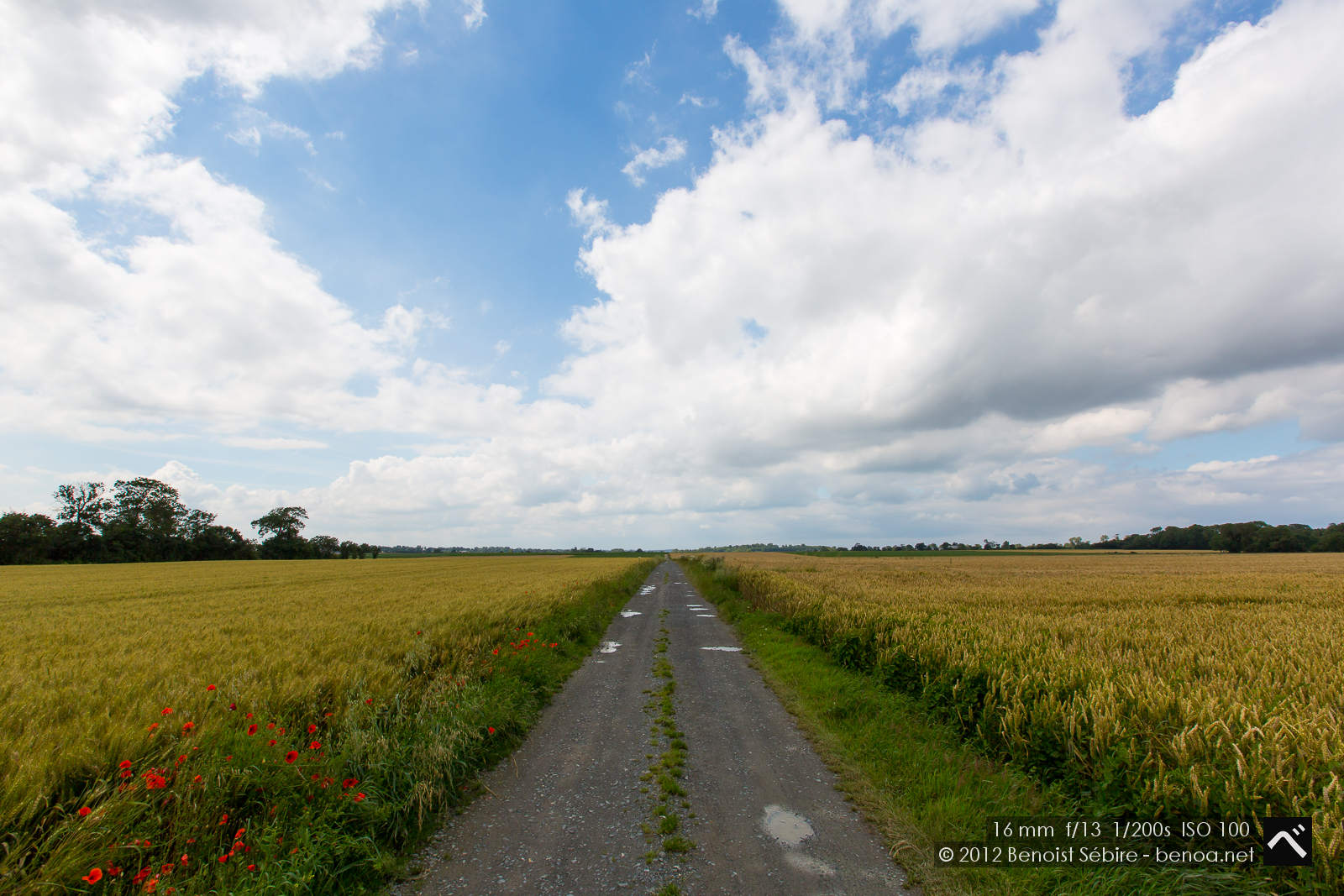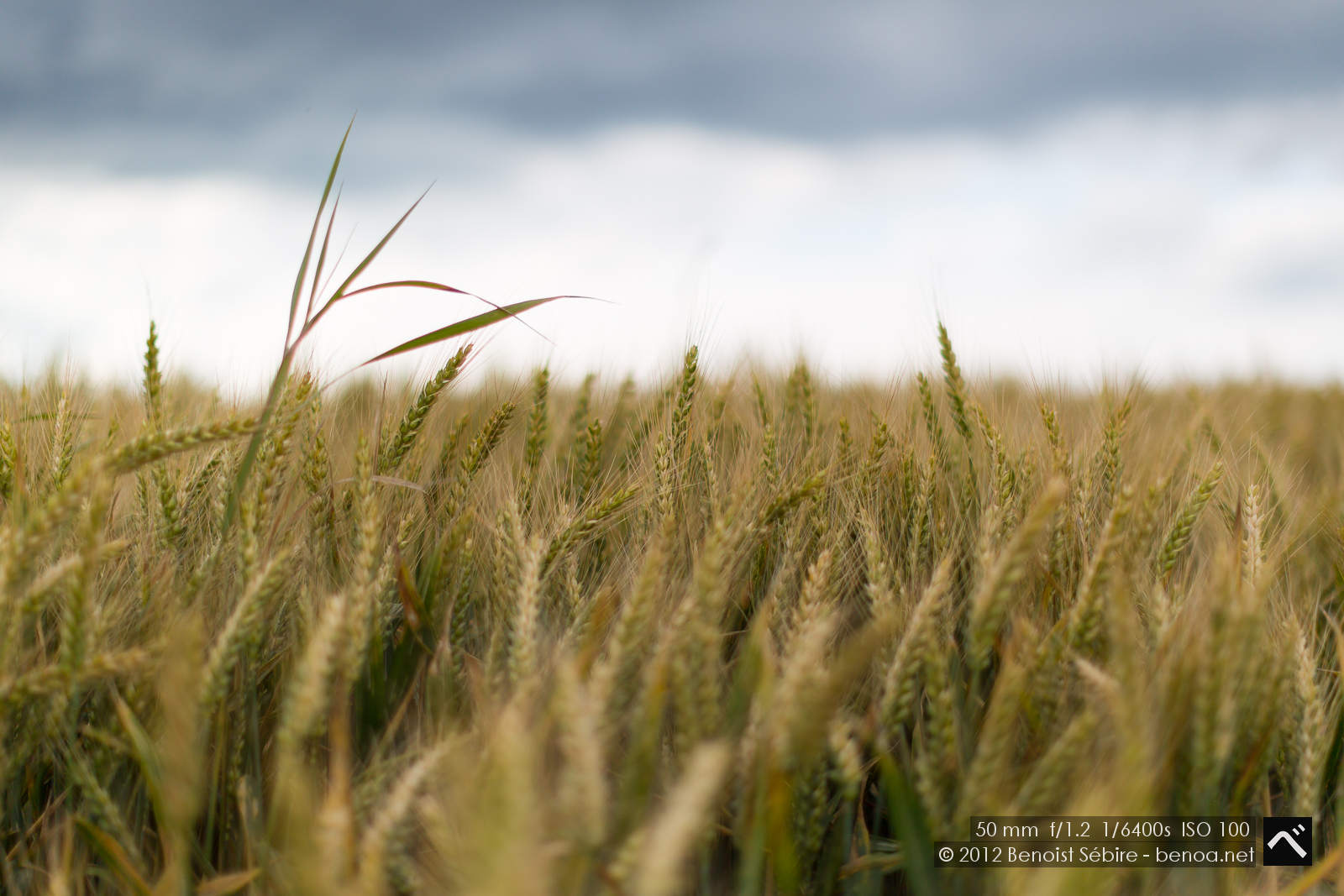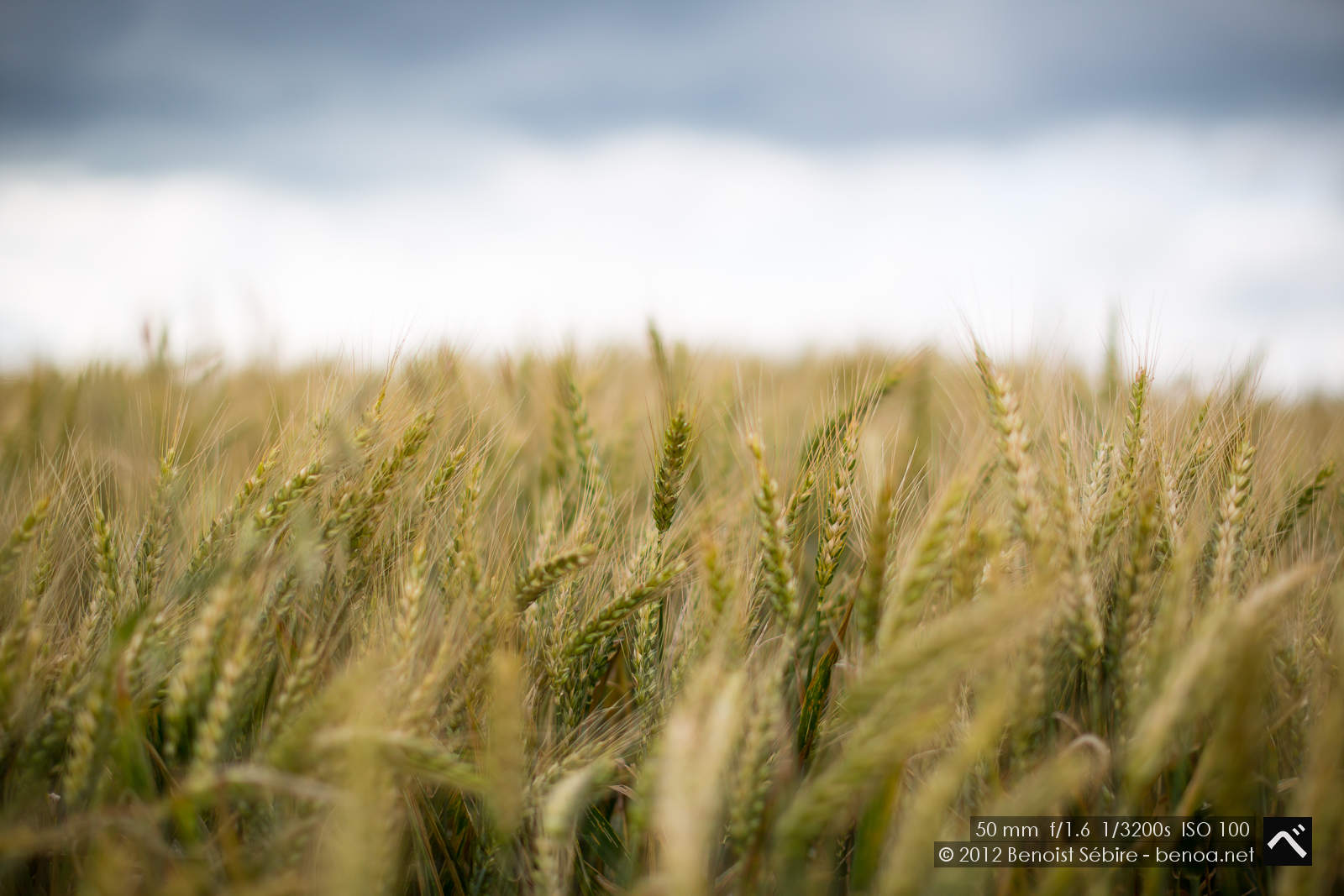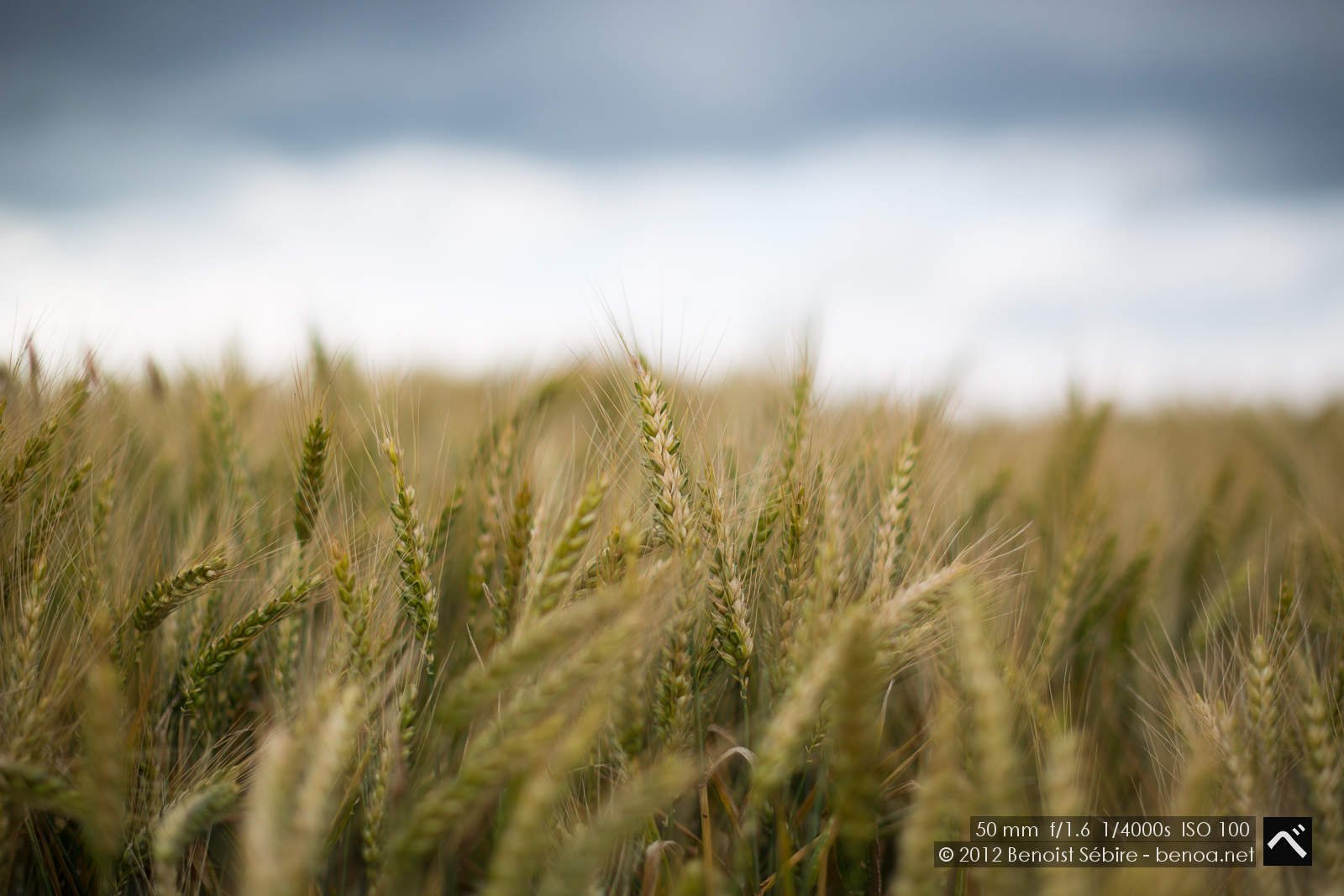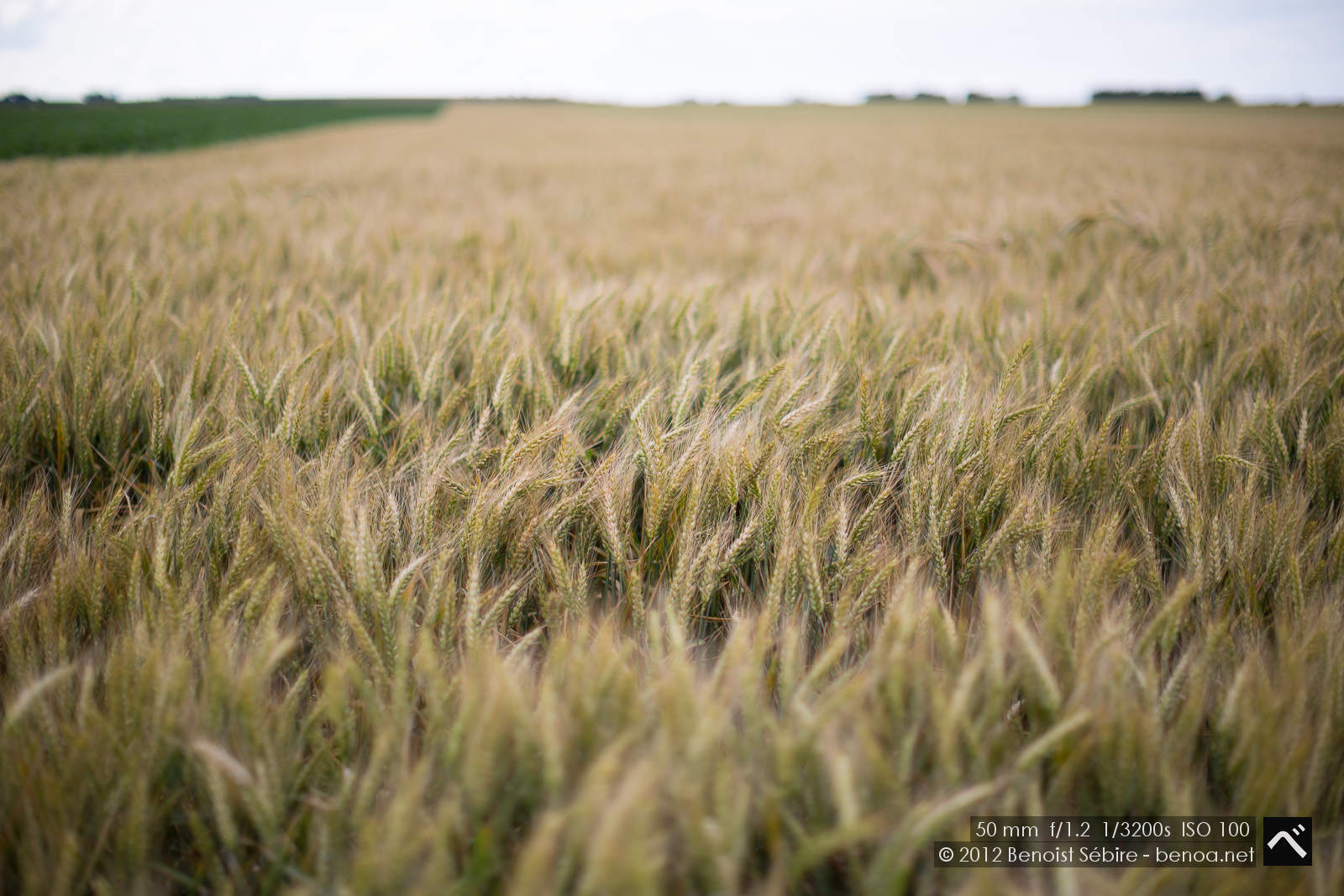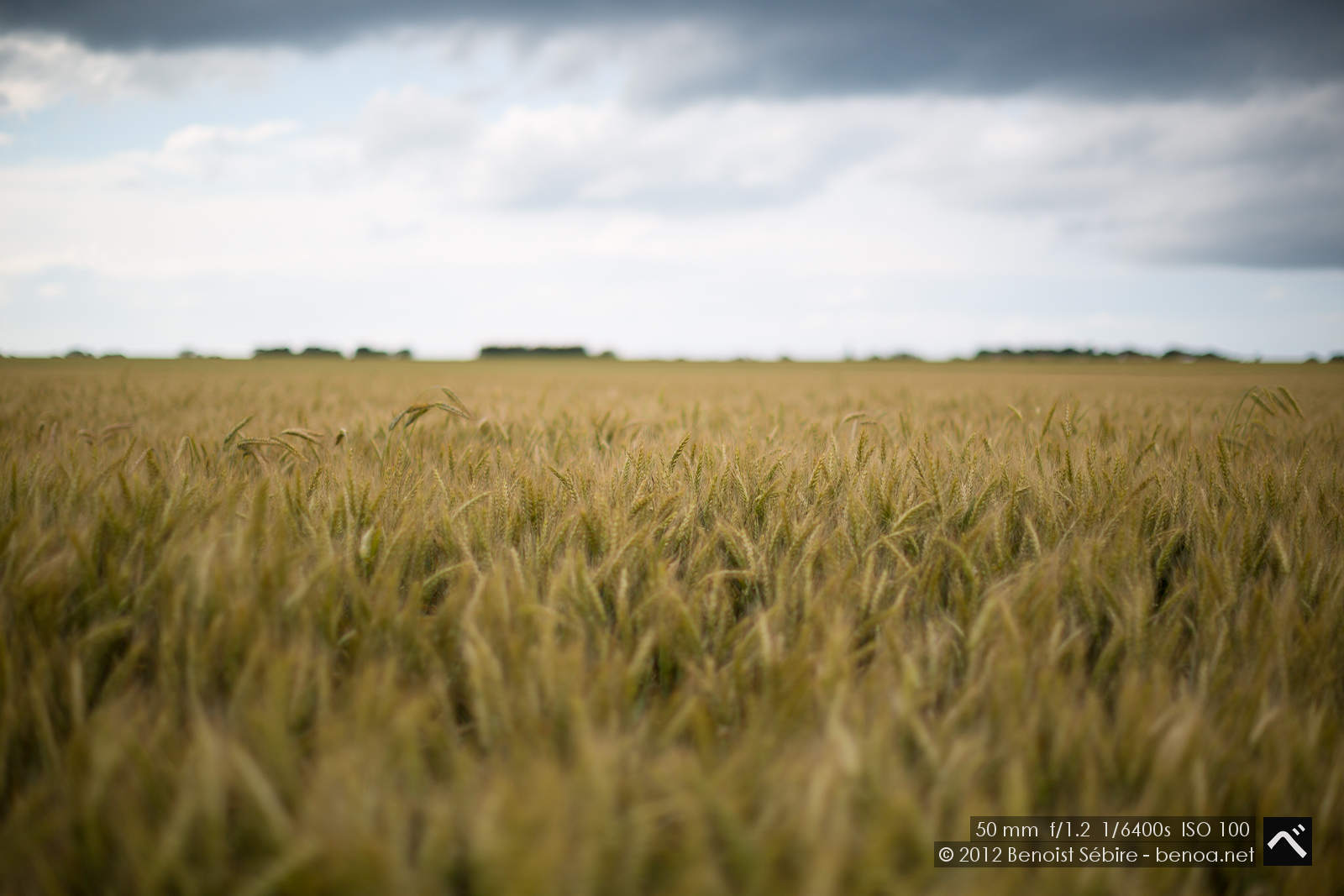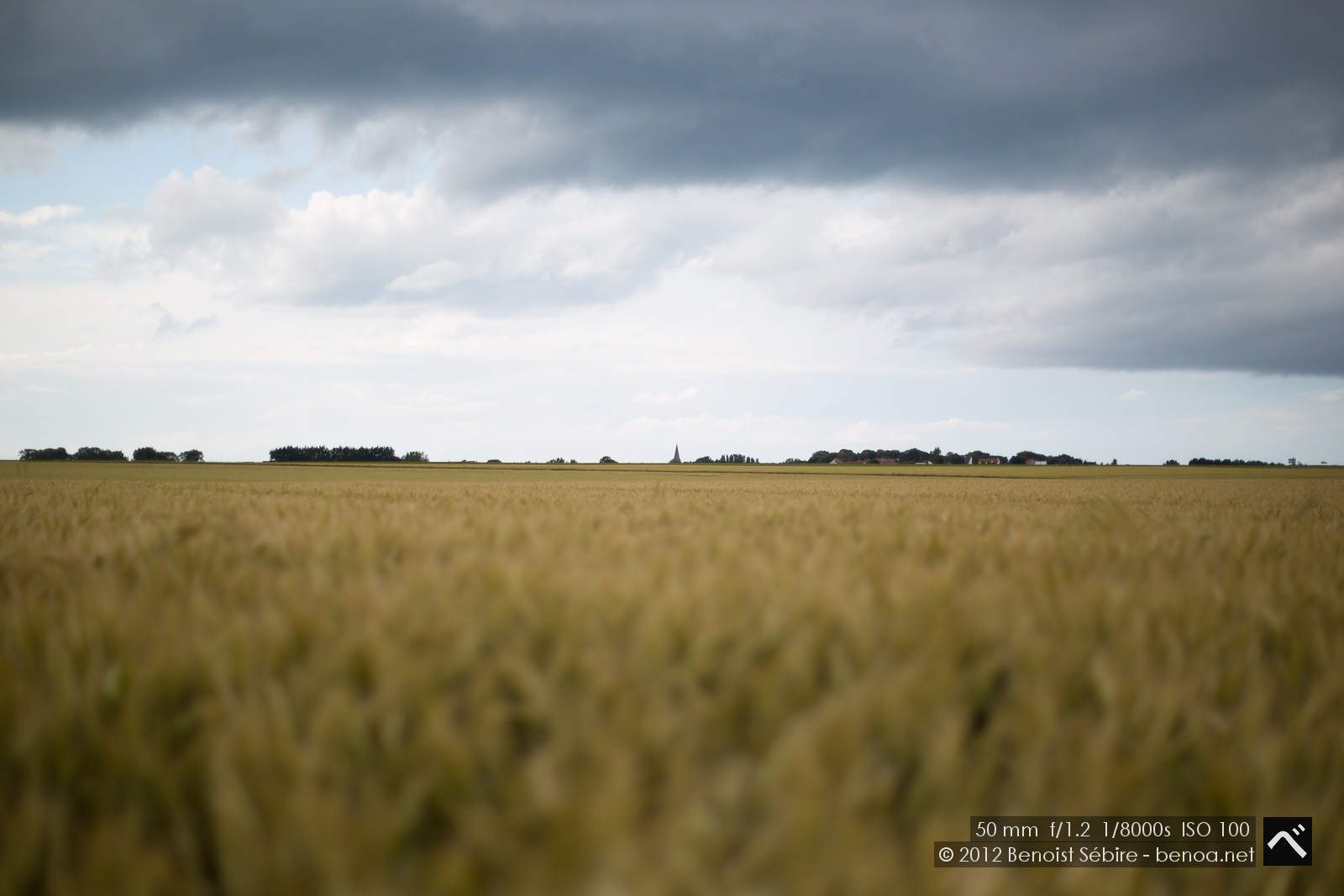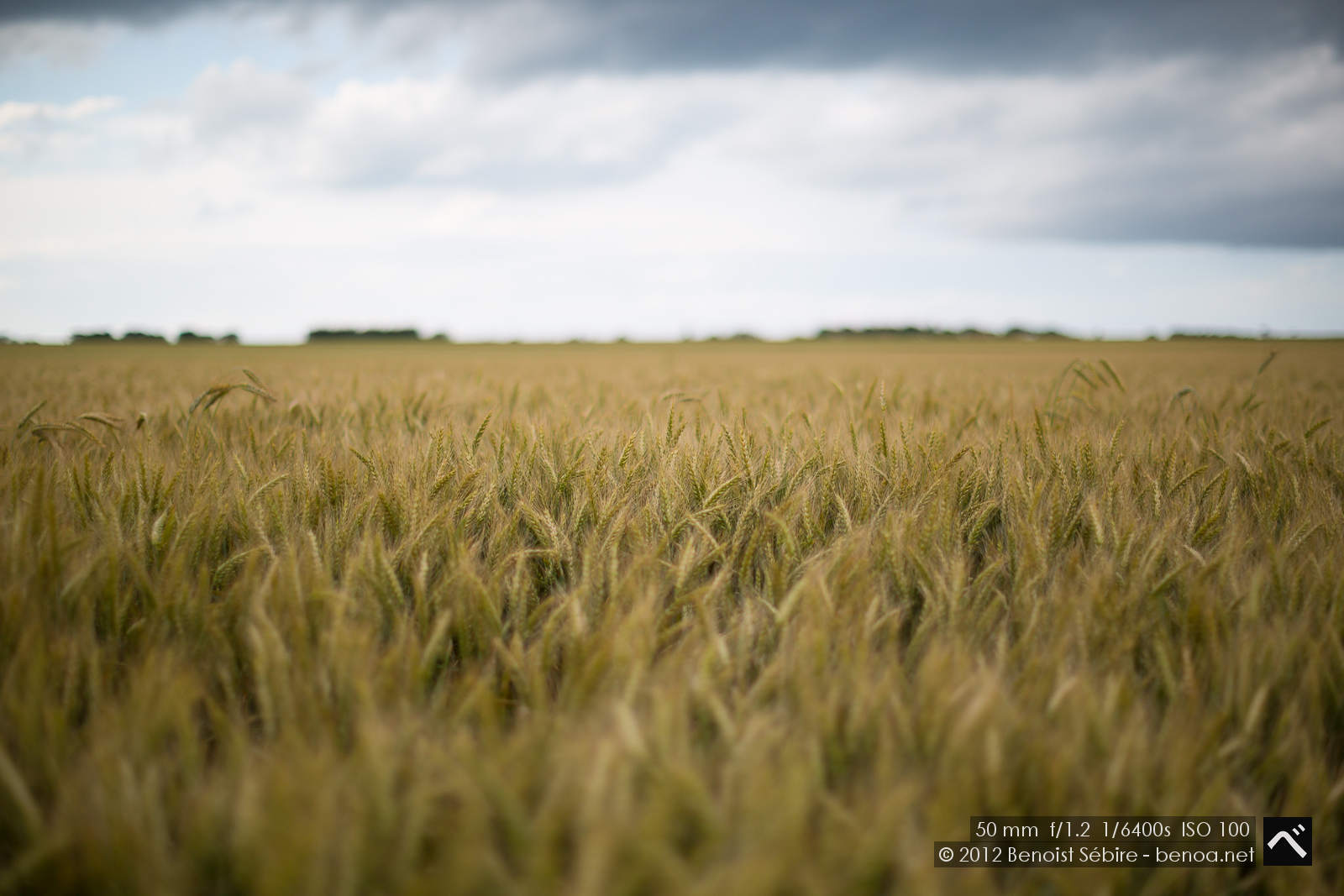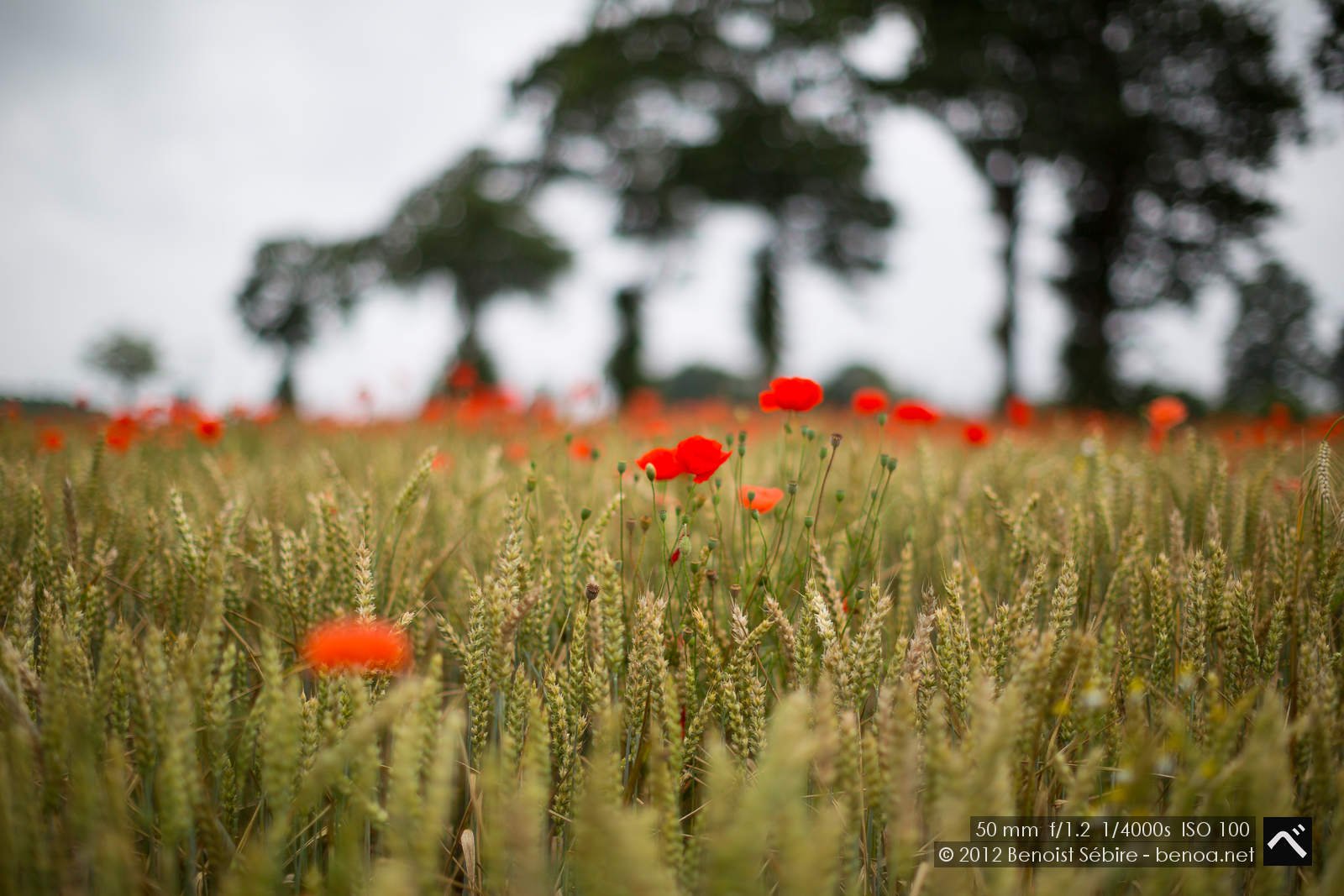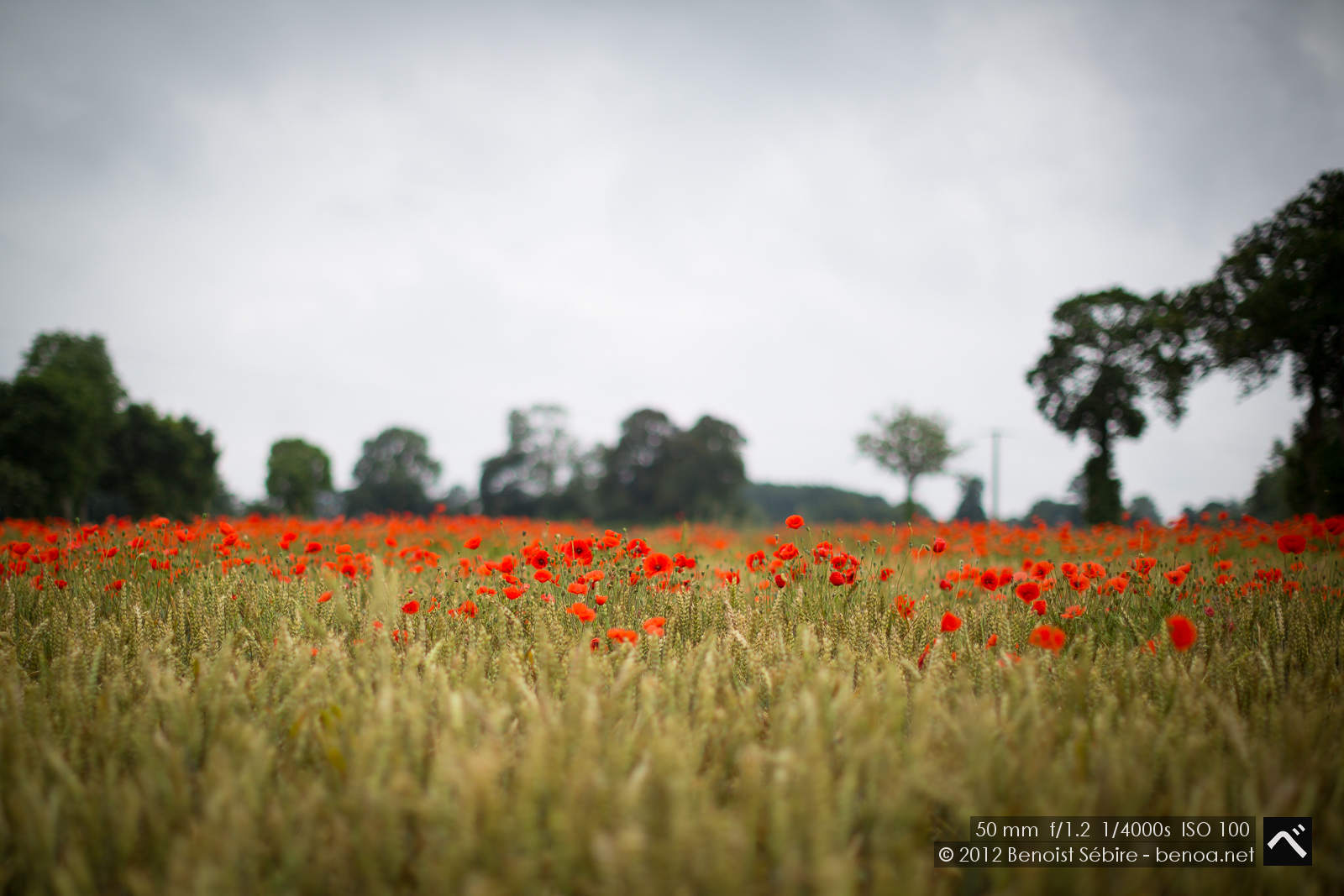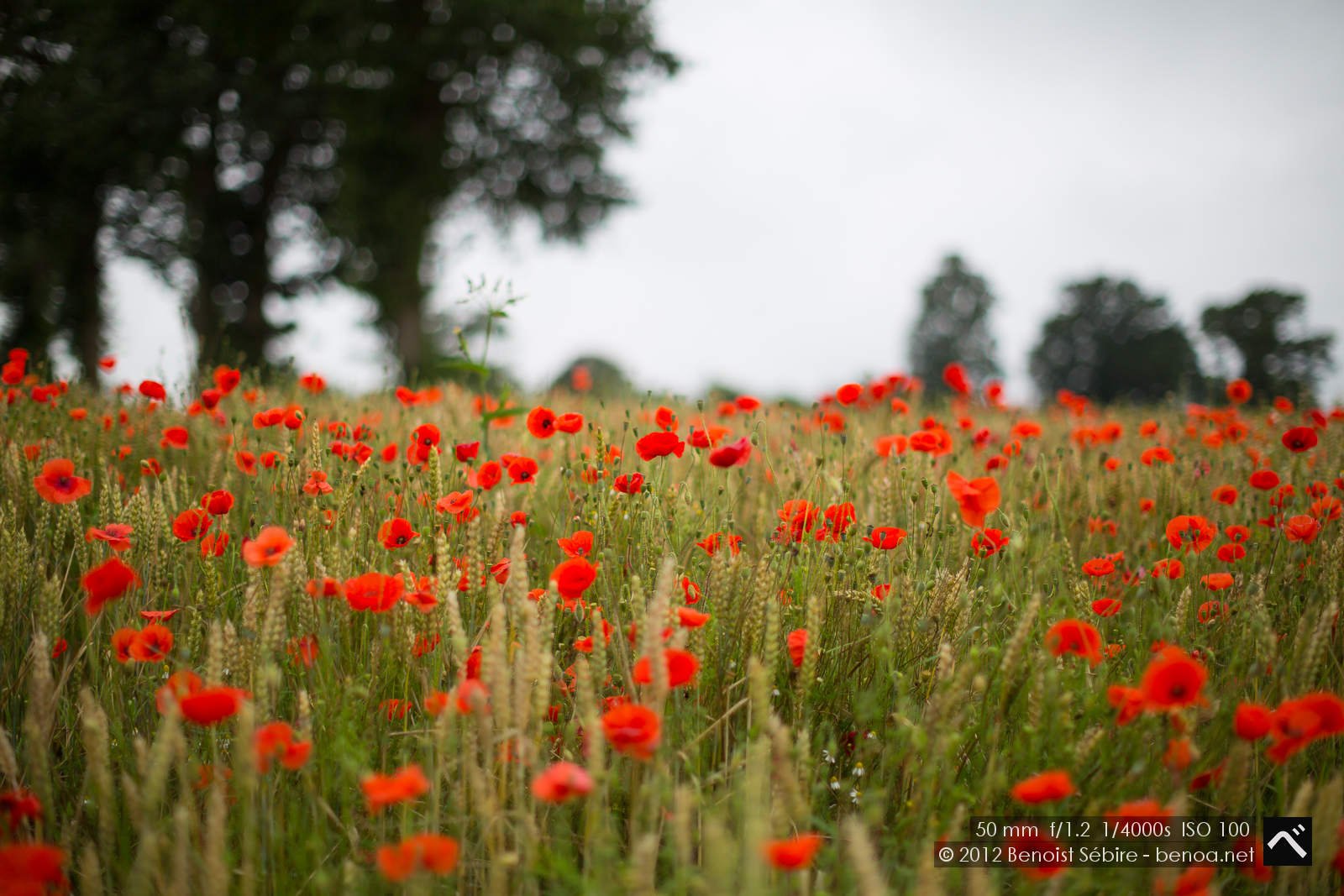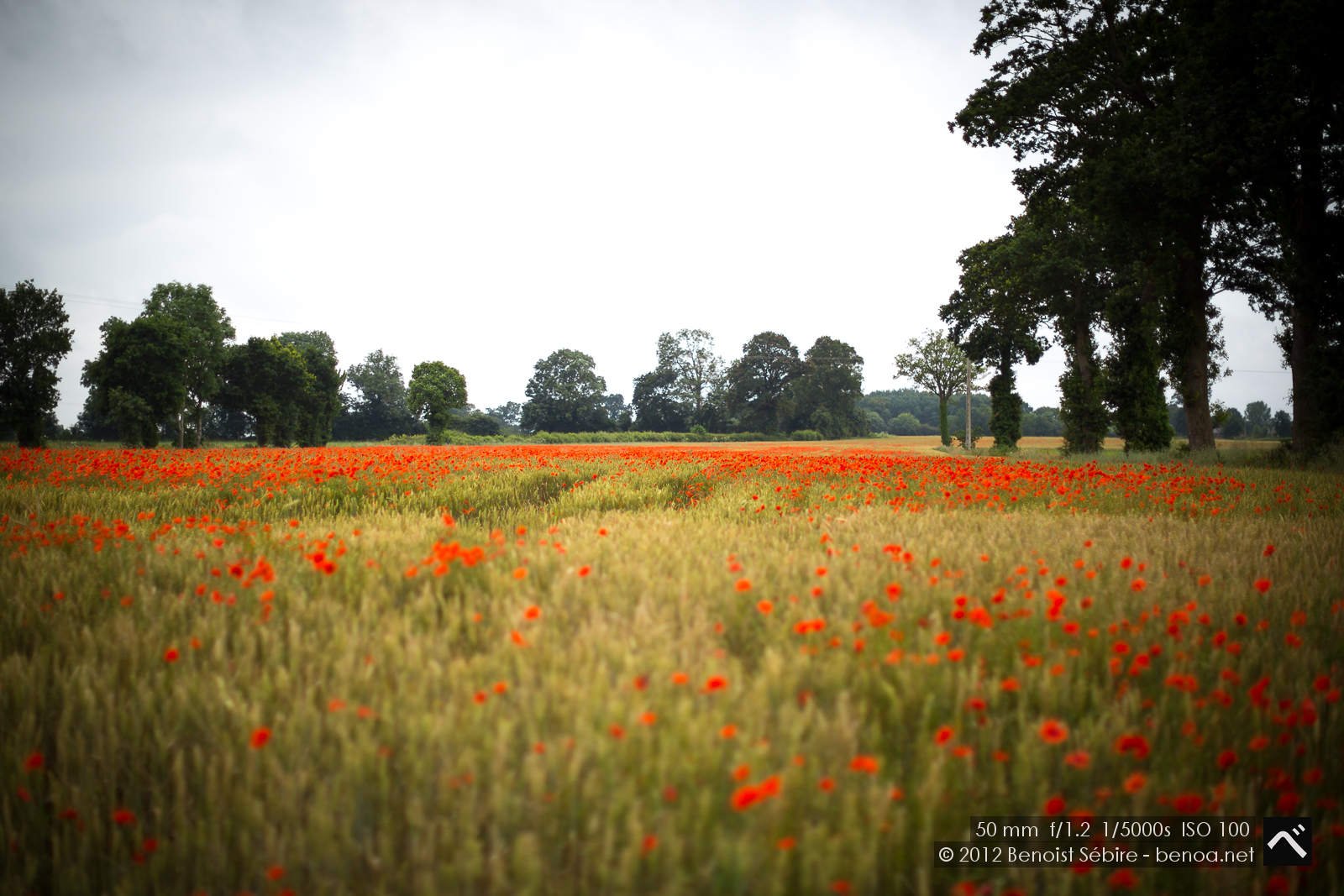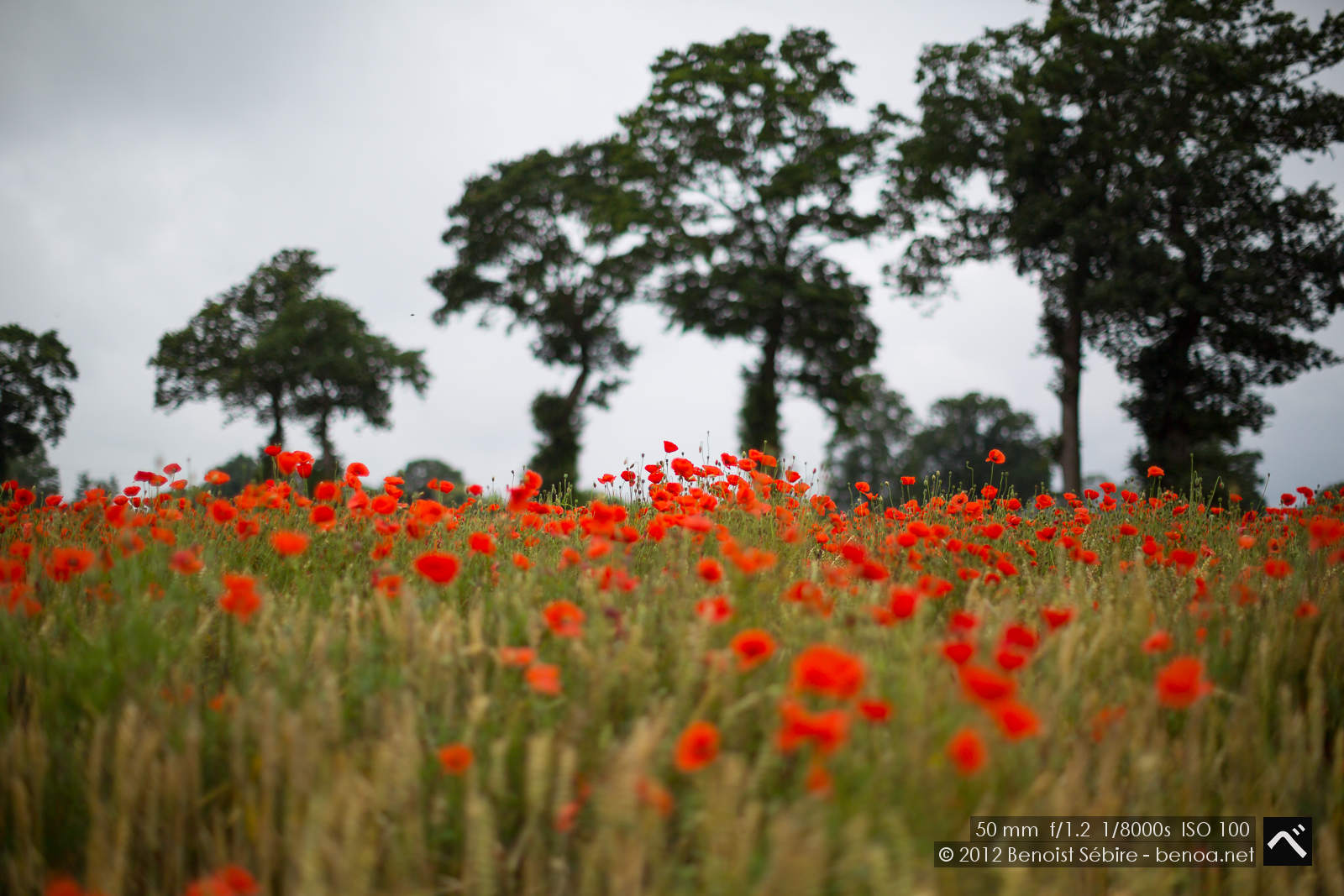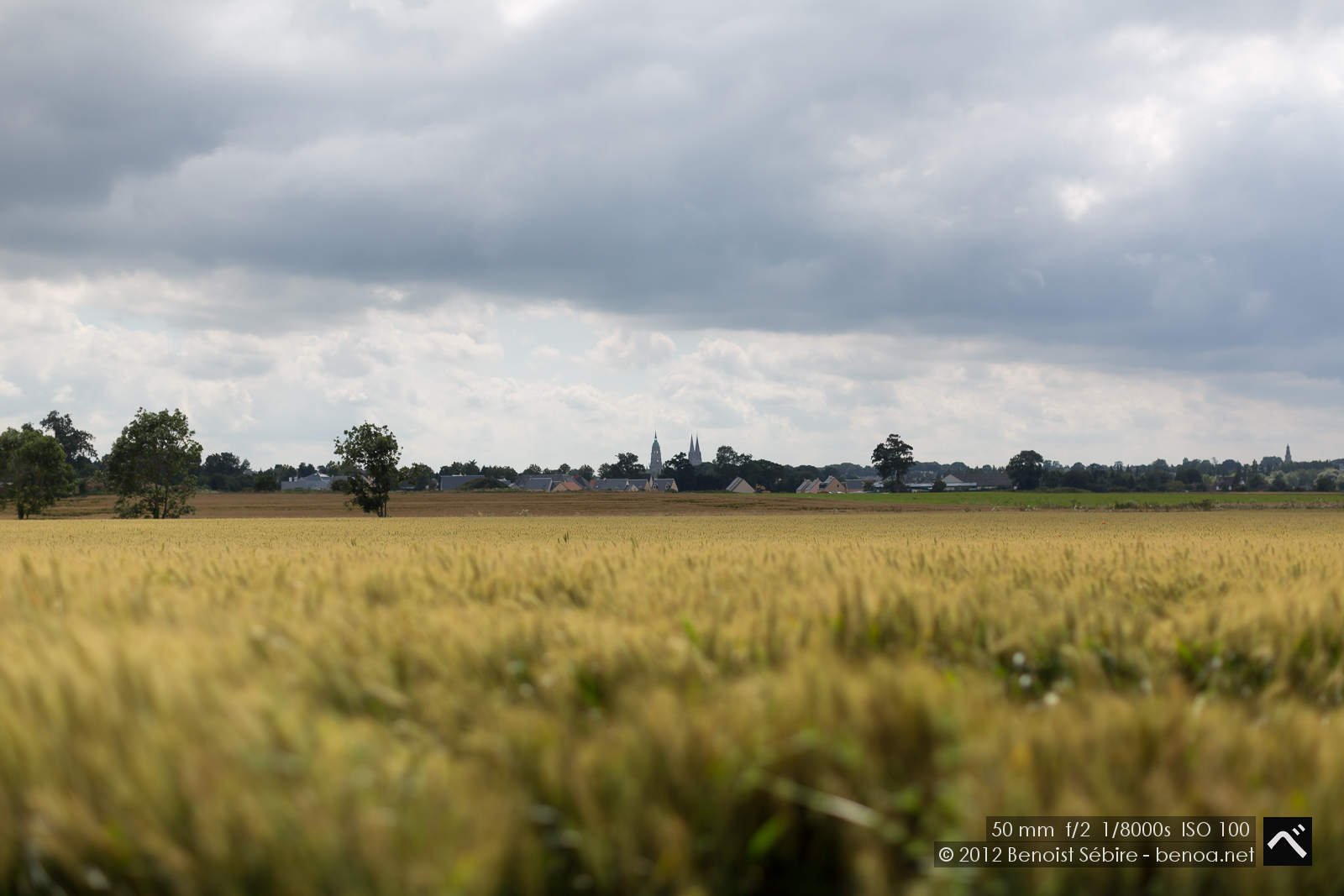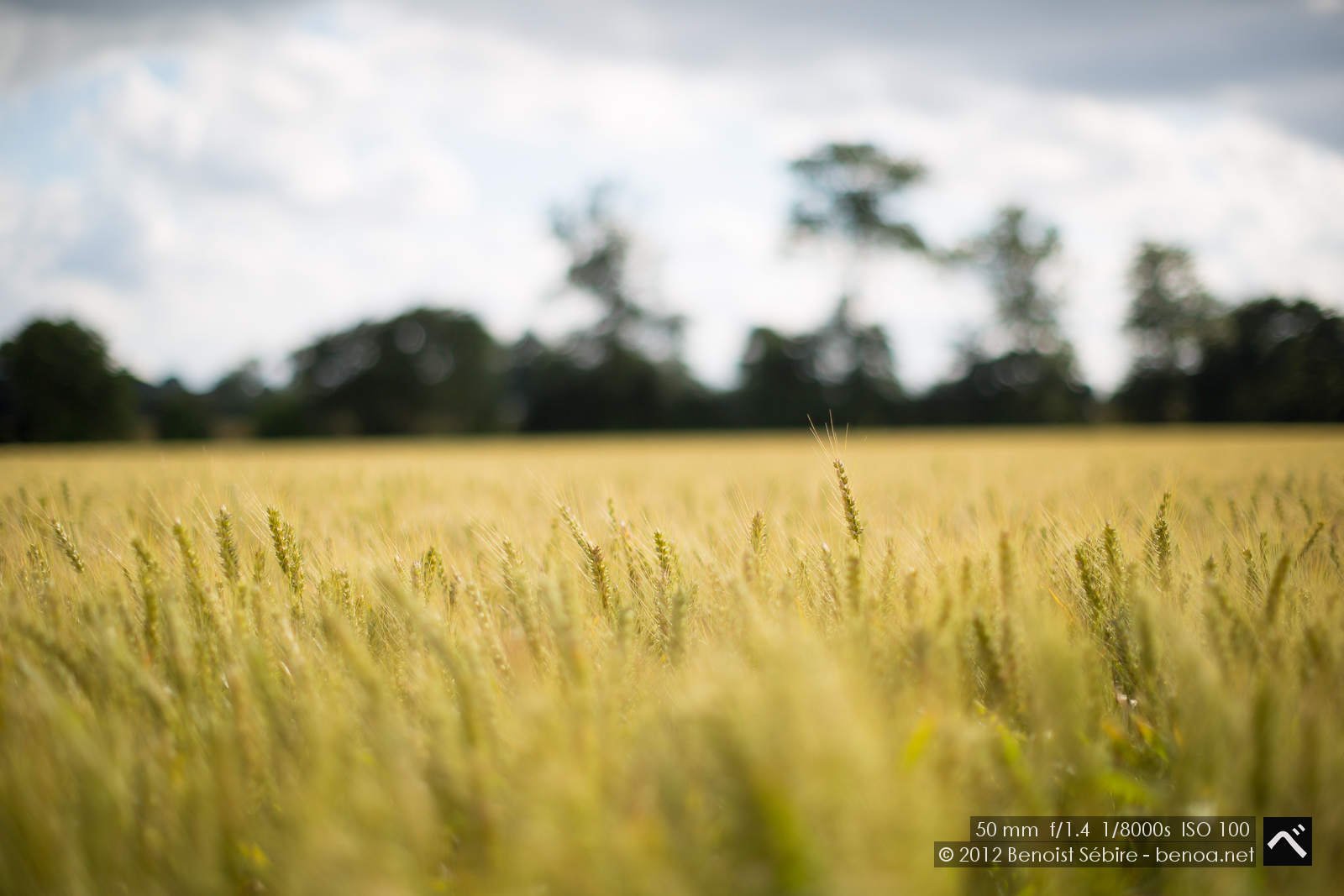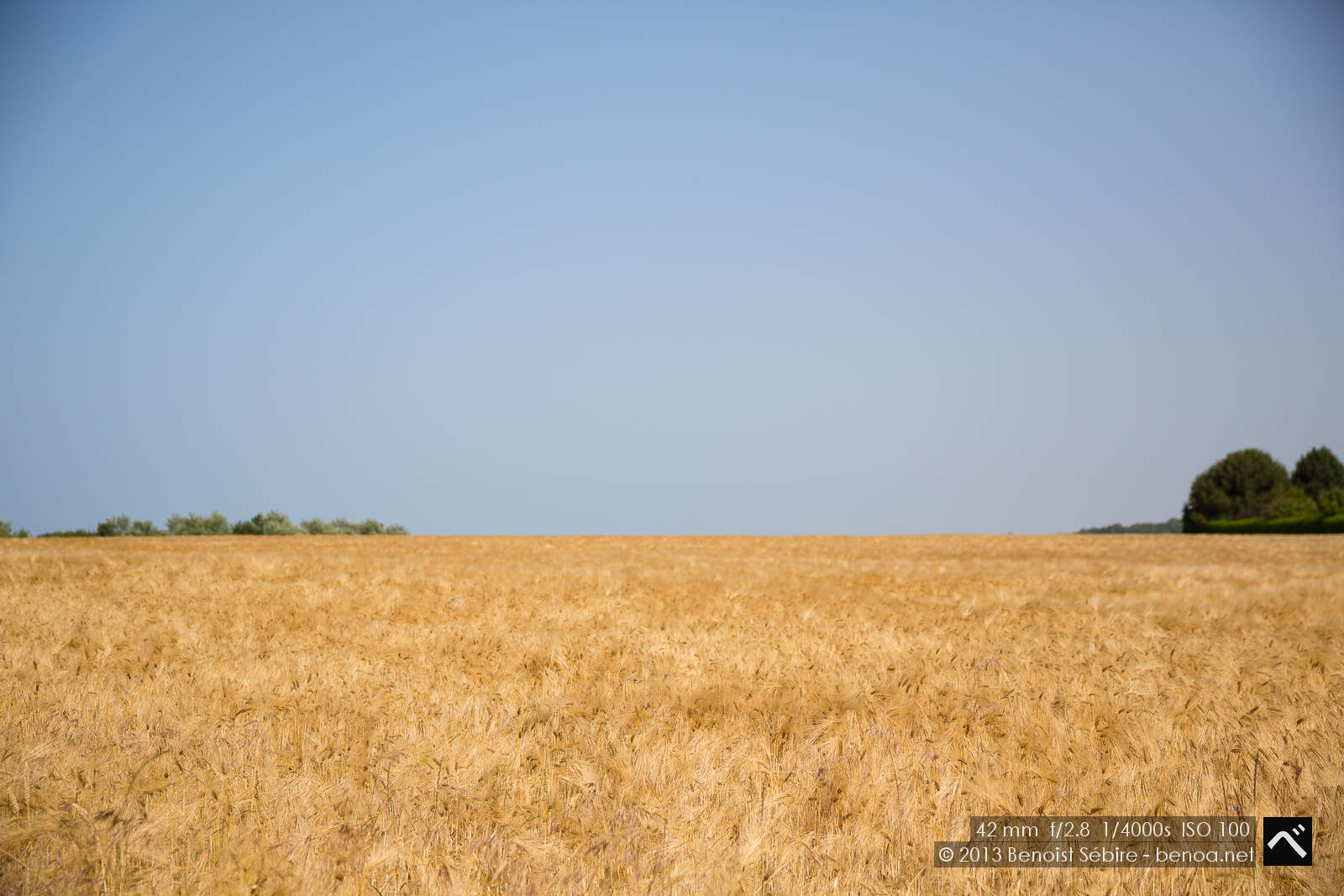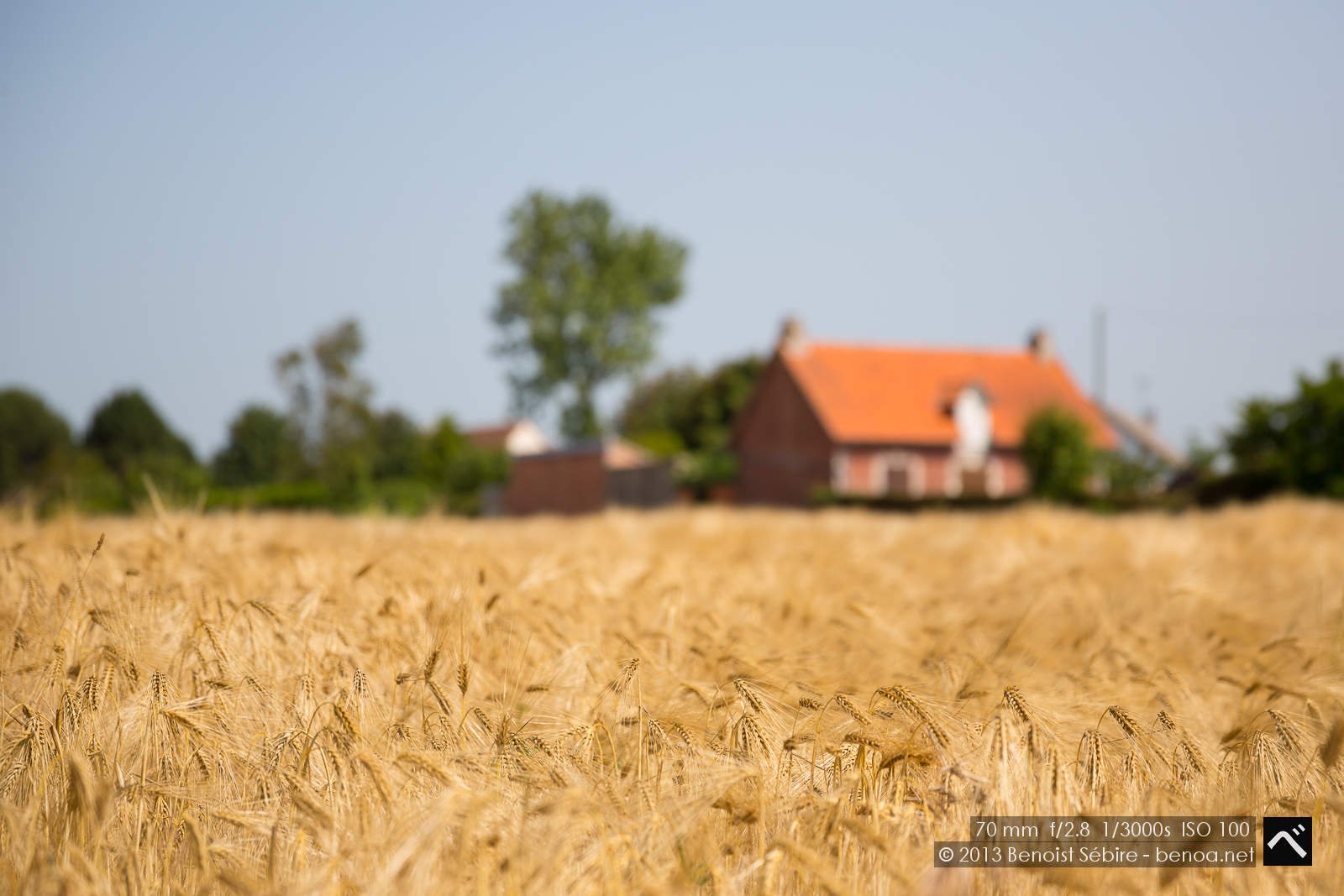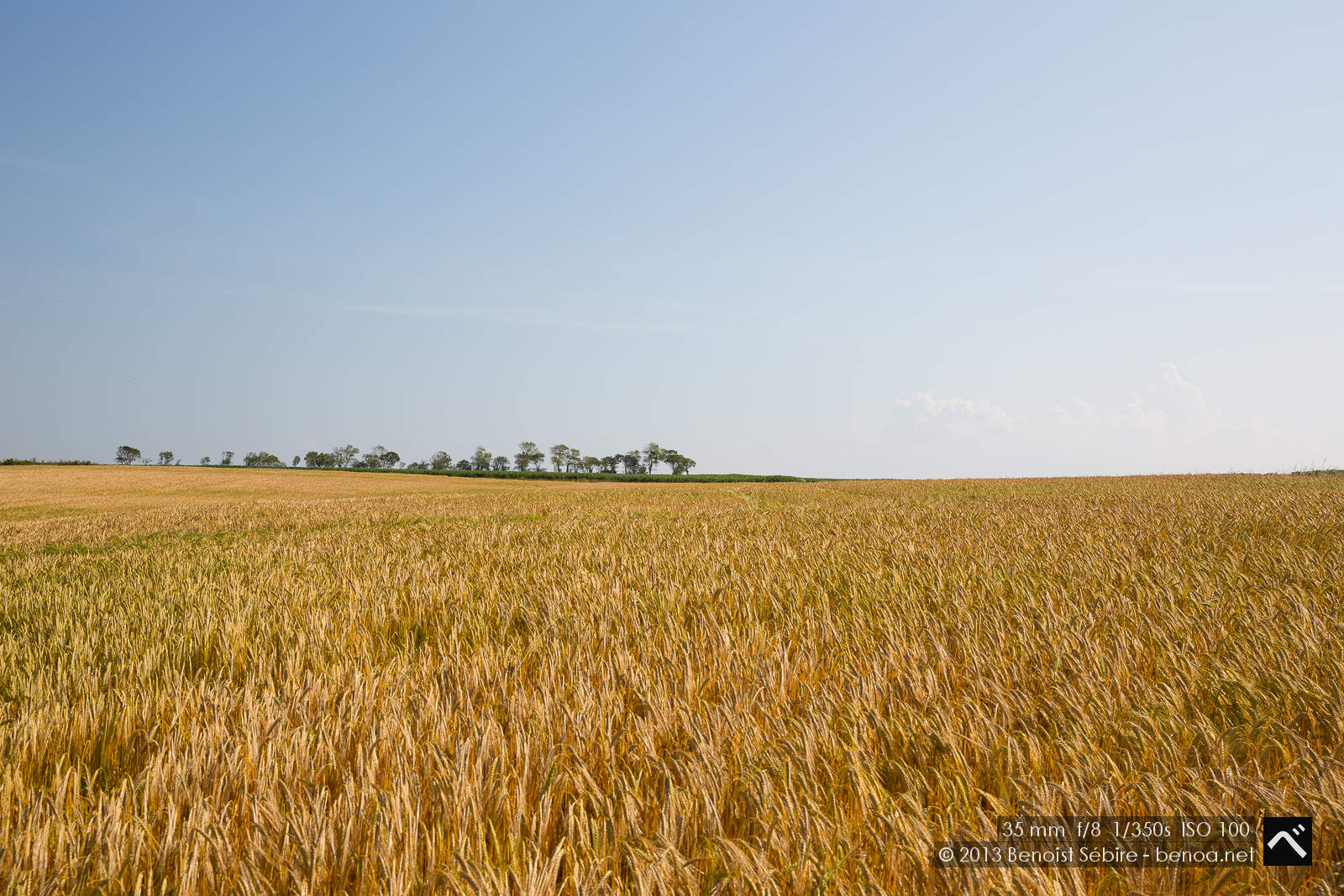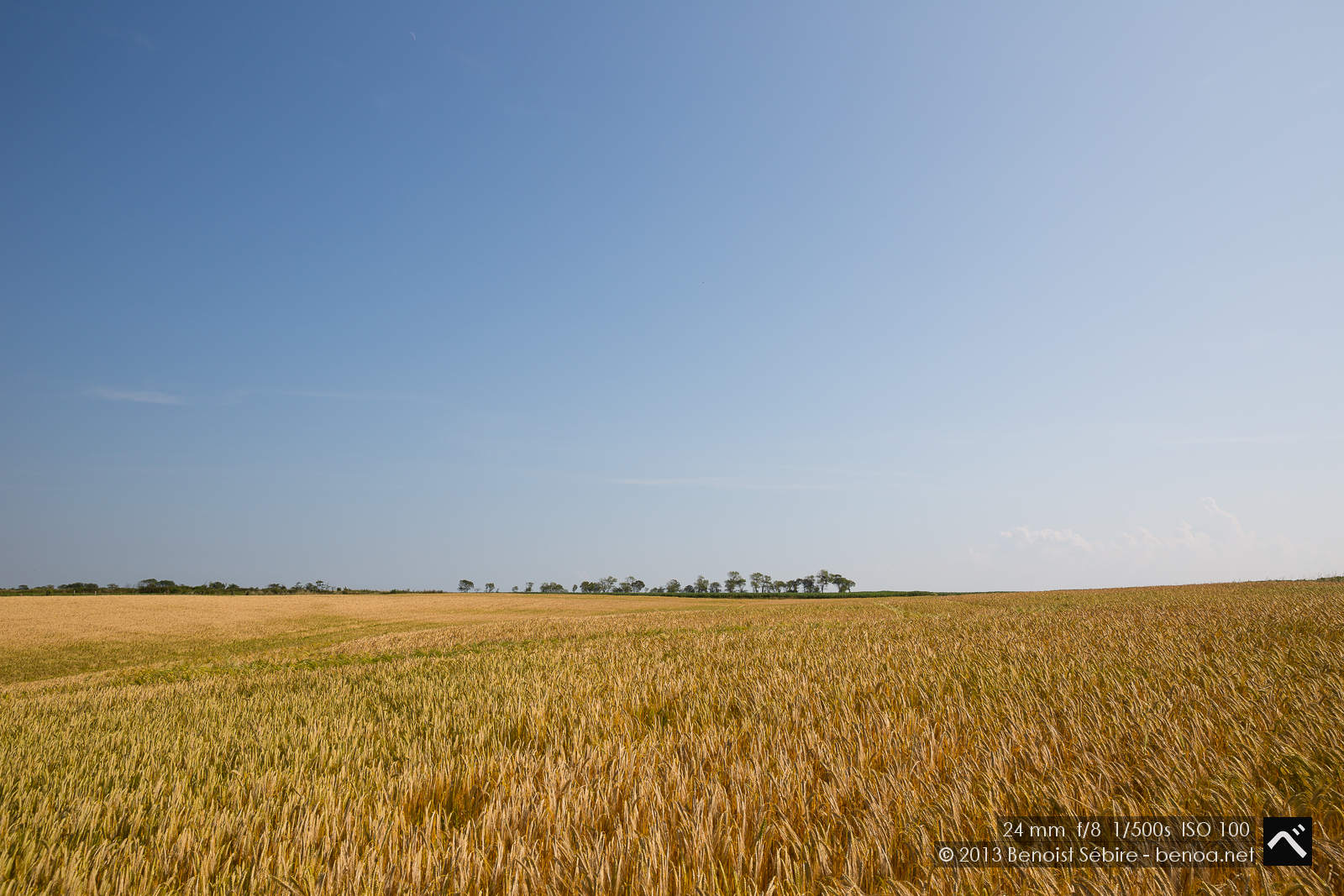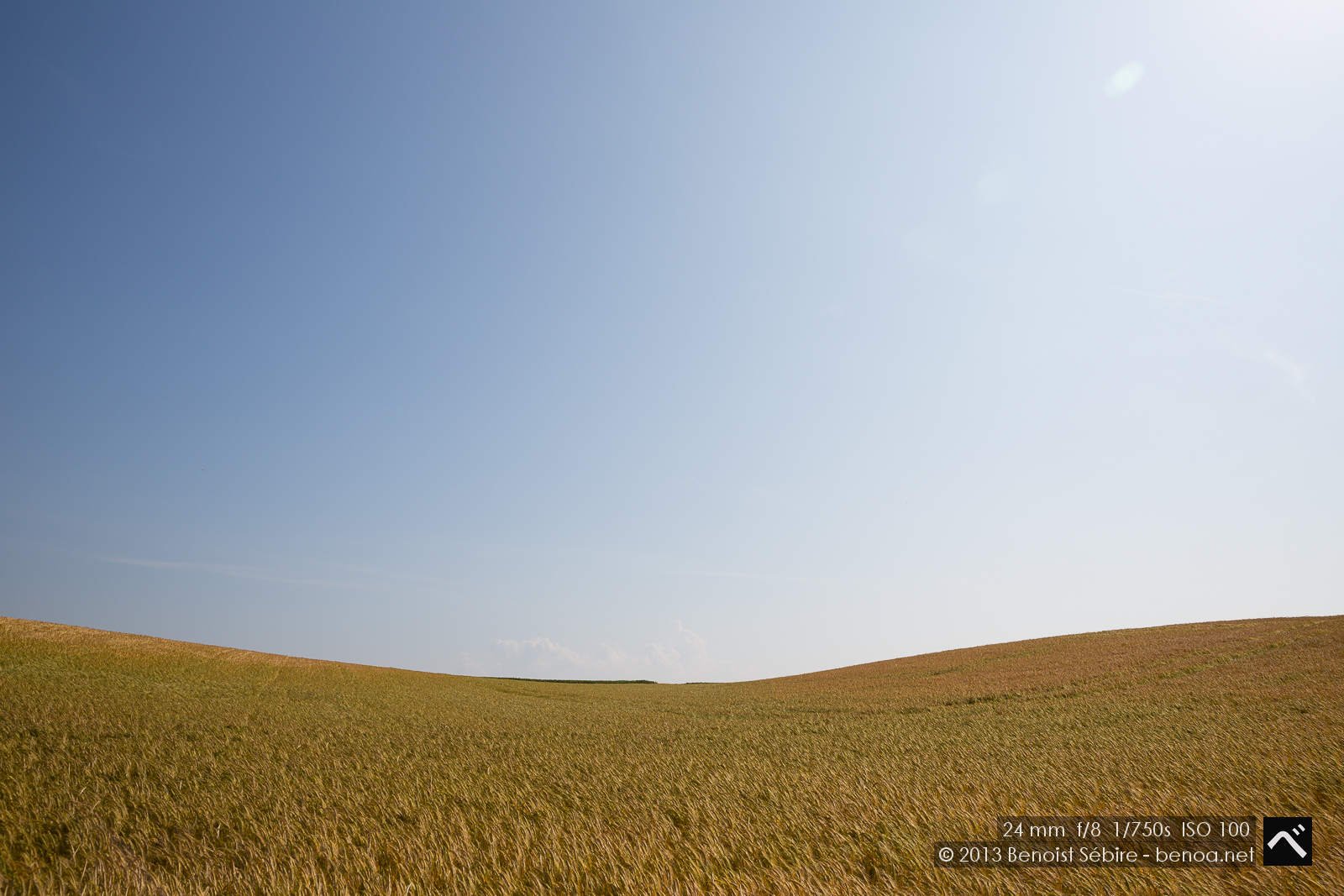Wheat
Wheat is a cereal grain, originally from the Levant region of the Near East and Ethiopian Highlands, but now cultivated worldwide. Wheat is grown on more land area than any other commercial crop and is the most important staple food for humans. World trade in wheat is greater than for all other crops combined. Globally, wheat is the leading source of vegetable protein in human food, having a higher protein content than either corn or rice, the other major cereals.
Wheat was a key factor enabling the emergence of city-based societies at the start of civilization because it was one of the first crops that could be easily cultivated on a large scale, and had the additional advantage of yielding a harvest that provides long-term storage of food. Wheat contributed to the emergence of city-states in the Fertile Crescent, including the Babylonian and Assyrian empires. Wheat grain is a staple food used to make flour for leavened, flat and steamed breads, biscuits, cookies, cakes, breakfast cereal, pasta, noodles, couscous and for fermentation to make beer, other alcoholic beverages [ref].
No wonder the UN has selected wheat for the logo of its Food and Agriculture Organization (FAO). Below some photos of wheat a few weeks before harvest in Calvados, Normandy. France is the world’s fifth wheat producer.
